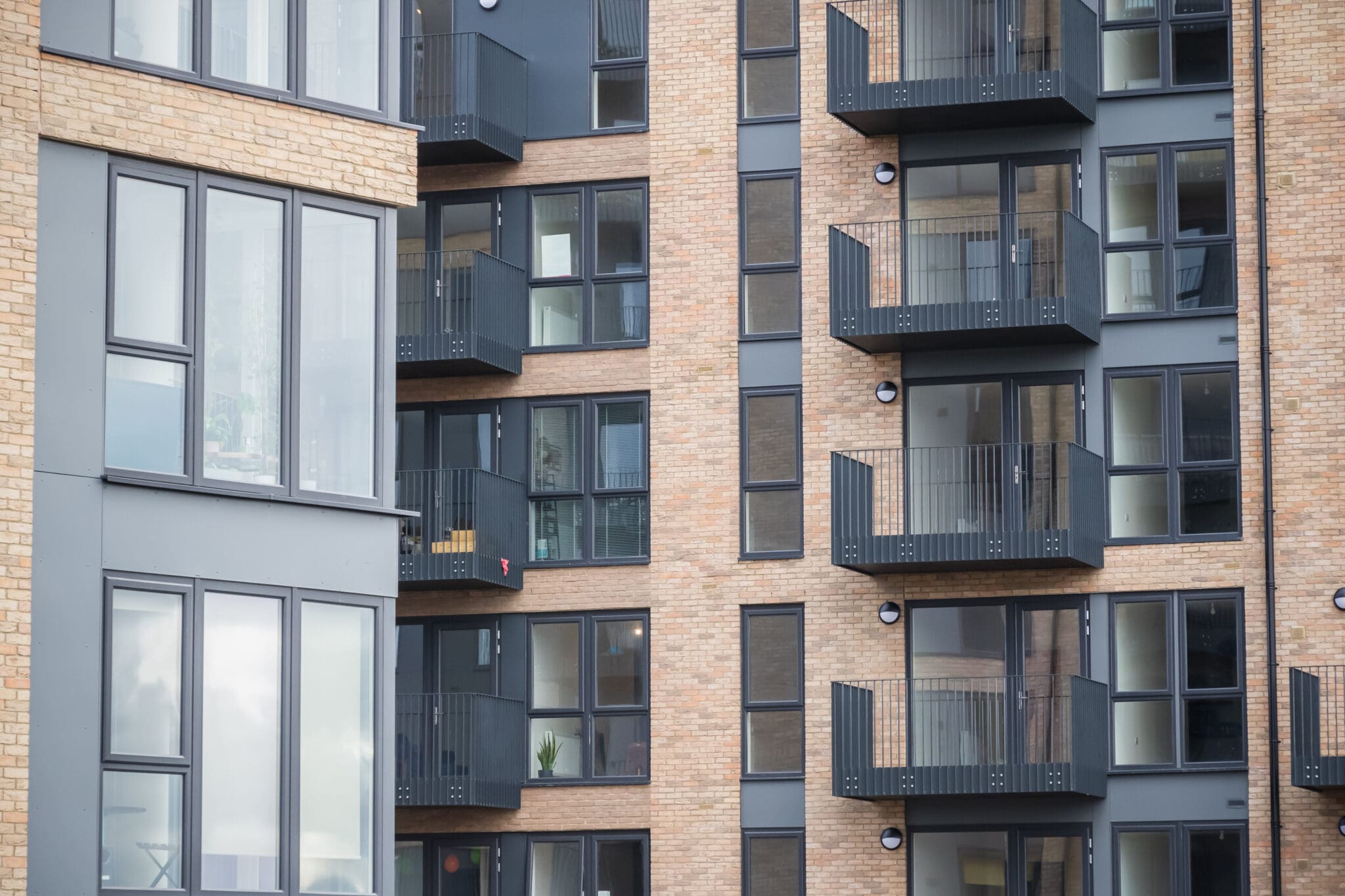VAT and the cladding crisis: A missed opportunity for relief
Since the Grenfell tragedy, the cladding crisis continues to impact thousands of buildings across the UK. With an estimated 9,000 – 12,000 buildings over 11 metres still identified as having unsafe cladding, the financial burden of remediation has fallen heavily on landlords, developers and—most unfairly—residents. Yet amid the government’s wider policy response, one lever remains underutilised: VAT.
In this article, we explore how UK VAT law has added unnecessary cost to safety-critical works and how post-Brexit freedoms could allow a fairer, more responsive approach.
The financial reality of cladding remediation
“The cost to fix unsafe cladding on residential buildings over 11 metres in England could reach £12.6 billion to £22.4 billion.” To date, the government has allocated £5.1 billion towards remediation efforts, leaving a significant funding gap.
Fire safety remediation is often a six- or seven-figure exercise for building owners and VAT is typically charged at the full 20% on most remediation works, with little scope for recovery.
This has had a material impact on affordability. In many cases, VAT adds hundreds of thousands of pounds to projects—costs borne by non-recovering parties such as residents, landlords making exempt supplies, or freeholders unable to reclaim input tax.
Why VAT relief rarely applies: Three key barriers
Not treated as “snagging”
HMRC has taken a narrow view of what qualifies as snagging. Although cladding issues are often rooted in original construction defects, HMRC does not accept that remediation carried out years later can qualify. This rules out zero-rating or VAT-free treatment for many affected buildings.
Original developers often gone
Where the original developer is still trading, and had granted a major interest in the property, some VAT relief could potentially apply. However, many developers involved in the original builds have ceased trading or been wound up. Even where they remain, recent HMRC guidance—such as the December 2024 policy note—offers limited clarity and further dampens any expectation of recovery.
Not considered energy-saving
There was brief hope that cladding might qualify for VAT relief under the zero-rating rules for energy-saving materials (Group 23, Schedule 8 VATA 1994). However, HMRC maintains that cladding’s primary purposes are structural, aesthetic, or protective—not thermal efficiency. As a result, zero-rating does not apply.
A policy tool left on the shelf
Initially, HMRC took a more lenient stance and there are probably a number of buildings which have had cladding replaced with little or no VAT cost. Through the years this changed both on a local and policy level. Today, most buildings undergoing essential cladding remediation face an unavoidable 20% uplift in cost—adding to the strain on already stretched budgets.
What Could Change?
VAT is clearly designed as a revenue raising tool but can also be deployed to assist with certain objectives, such as the zero rate for energy saving materials, or discouraging certain behaviors such as taxing confectionery.
The Grenfell cladding is in my opinion a missed opportunity. The burden on business and residents could have bene relieved of 20% of the financial cost at a stroke, by agreeing for example that cladding does have insulating properties. If that analysis doesn’t work (and there are mixed views in that point) the post Brexit ‘freedoms’ means that the government could have introduced legislation to specifically zero rate the provision of cladding under certain strict conditions.
When the UK was within the EU this was almost impossible but now, as we have learned with private schools and VAT, the law can be changed fairly quickly if there is a political will to do so.
Final Thoughts
The cladding crisis has created significant financial and emotional distress for thousands across the UK. While regulatory and funding reforms have begun to address some of the challenges, the VAT and cladding system remains untouched – a missed opportunity for meaningful relief.
With political will, VAT could be reimagined not just as a tool for revenue or environmental change, but also as a vehicle for social responsibility. For any help or support regarding VAT, contact our team.

Let’s get started
Contact page
Contact Us







